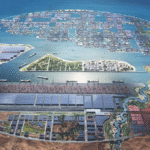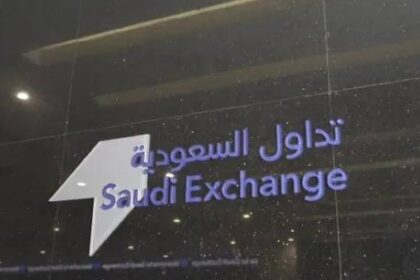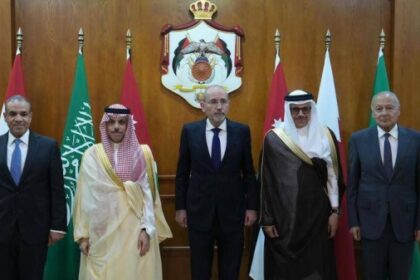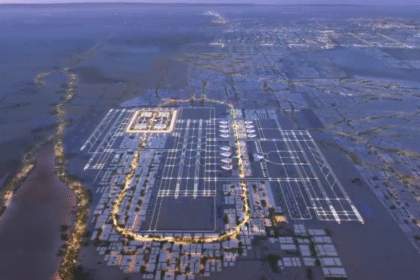By 2025, Saudi Arabia’s railway vision has evolved from isolated lines to a cohesive national and cross-border transport network. The country is actively investing in high-speed passenger routes, freight corridors, and seamless integration with global supply chains.
A prime example is the Haramain High-Speed Railway, a 449 km line connecting the holy cities of Mecca and Medina via Jeddah. Already serving over 6 million passengers annually, it has become a benchmark for upcoming rail initiatives.
Among the most ambitious undertakings is the Saudi Landbridge project, currently under development. Designed to span nearly 950 km, this line will link the Red Sea and Arabian Gulf ports along the Jeddah–Riyadh–Dammam axis, with an extension to Jubail. Estimated at over $10 billion, the project is scheduled for completion by 2030.
At a broader regional level, Saudi Arabia plays a leading role in the Gulf Cooperation Council (GCC) Railway initiative. This project aims to create a unified rail system across all six GCC nations, covering more than 2,100 km of track. Full deployment is also targeted by 2030.
Railway infrastructure is becoming a vital pillar of the Vision 2030 economic agenda. It helps reduce road congestion, cuts transport costs, and strengthens intercity and industrial connectivity. For engineering and construction firms, this represents a robust and reliable stream of projects — ranging from track-laying and station construction to signaling systems and operational support.
“Saudi Arabia is redefining how nations use rail to drive spatial integration. These projects are more than logistics; they form the structural backbone of a diversified economy,”
— commented Igor Bukato, an international expert in infrastructure and construction.
He emphasized that the expansion of both domestic and transnational railway systems presents a long-term, high-value market for firms capable of delivering complex, tech-intensive solutions — from earthworks to smart mobility technologies.








